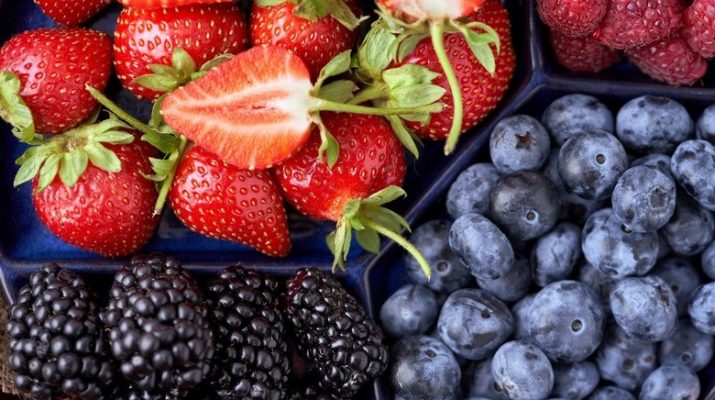Does your Diet have these 13 Fiber-Rich Foods – What should be your Intake Quantity?
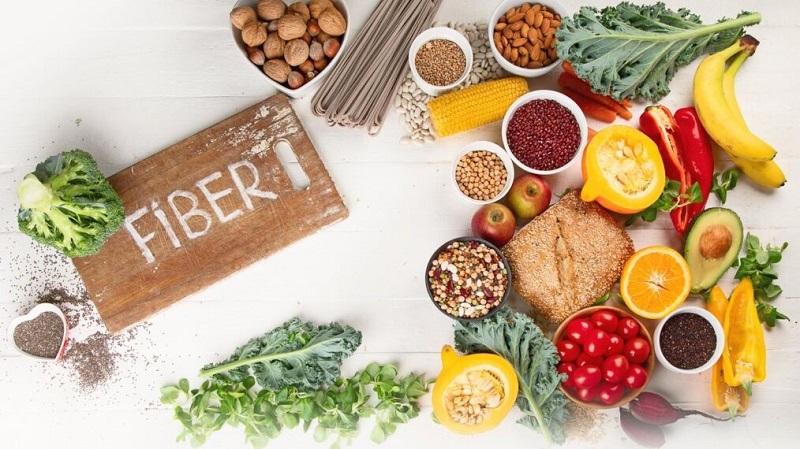
Dietary fiber is present mainly in vegetables, fruits, legumes, and whole grains and is undoubtedly best known since it can relieve or prevent constipation. Although dietary fiber works like magic to keep people healthy, it doesn’t just prevent constipation in people. Additionally, foods high in fiber also help to maintain a proper weight and reduce the chances of developing heart disease, diabetes, and some types of cancer.
What Amount of Fiber should be Consumed on a Daily Basis?
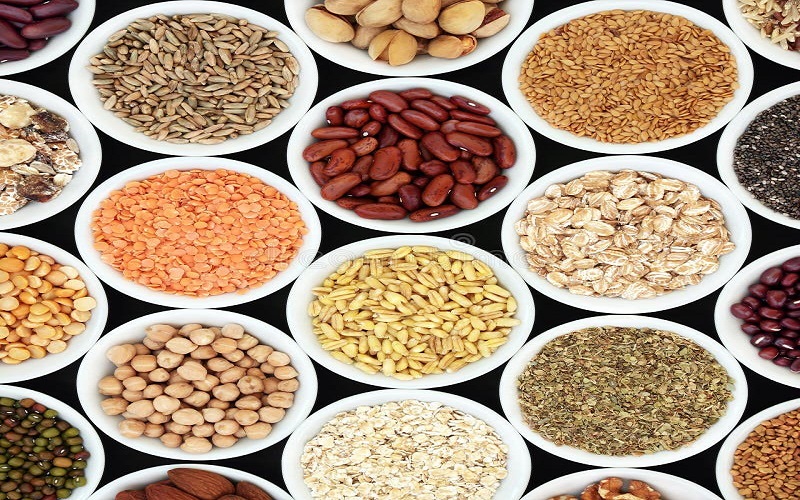
Precisely, the vast majority of people do not eat enough fiber. But how much should an individual be aiming for each day?
According to experts, the following fiber amount per day is ideal:
- For Men – 50 years and younger: nearly 38 grams is the ideal amount
- For Men – 51 years and older: nearly 30 grams is the ideal amount
- For Women – 50 years and younger: nearly 25 grams is the ideal amount
- For Women – 51 years and older: nearly 21 grams is the ideal amount
According to reports, there is no recommended amount of grams of fiber every meal, however, experts do suggest eating a fiber-rich dish with each meal.
Benefits of Fiber to the Body
Dietary fiber can offer the below benefits:
- Reduces Cholesterol: Particularly if individuals take statins and are accustomed to fiber supplements like psyllium fiber, fiber in the digestive tract can assist in lowering the body’s absorption of cholesterol.
- Prevents Constipation: With fiber, constipation can be avoided and digestion sped up. Since insoluble fiber is not digested by the body, it gives more weight to the digestive tract. This ultimately stimulates the intestines.
- Reduces Risk of Cancer: Consuming adequate fiber may help protect against some malignancies like colon cancer. One of the reasons could be the antioxidant effects of specific forms of fiber like pectin in apples.
- Promotes a Healthy Weight: Fruits and vegetables, which are high in fiber, typically have fewer calories. Additionally, fiber might slow digestion so that individuals experience sustained satiety.
- Manages Blood Sugar: Since high-fiber foods take longer to digest, glucose does not enter the system as quickly. Due to this, people can maintain more stable blood sugar levels.
Drink sufficient water while gradually introducing high-fiber items to the diet over a few days. By doing so, negative symptoms like bloating and gas may be avoided.
Which are the TOP FIBER FOODS?
-
Dried Fruits
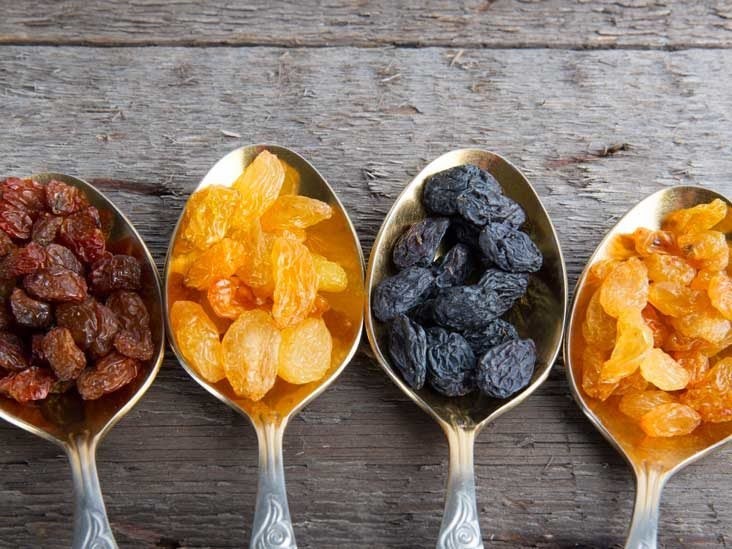
Figs, dates, and prunes are some examples of dried fruits that can significantly increase fiber intake and are advised for people who experience occasional constipation. These fruits contain sorbitol naturally, a sugar that is advantageous for the bowel and increases comfort. Nevertheless, consuming an excessive amount can cause diarrhea or cramps, so get used to a small serving and wait until this is completely digested before eating more.
-
Whole Grains
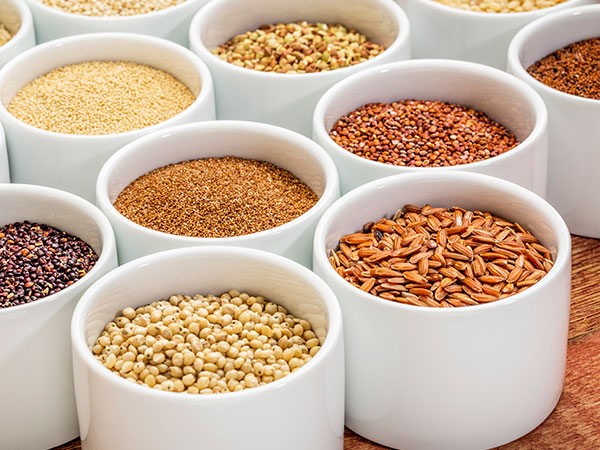
One Great News for bread lovers: Individuals can try natural whole grains like brown rice, 100% whole wheat bread, and oats, which contain fiber. Warning: As per the FDA, for a food to be categorized a real whole grain, it should list whole grains as the first ingredient on the label.
-
Avocados
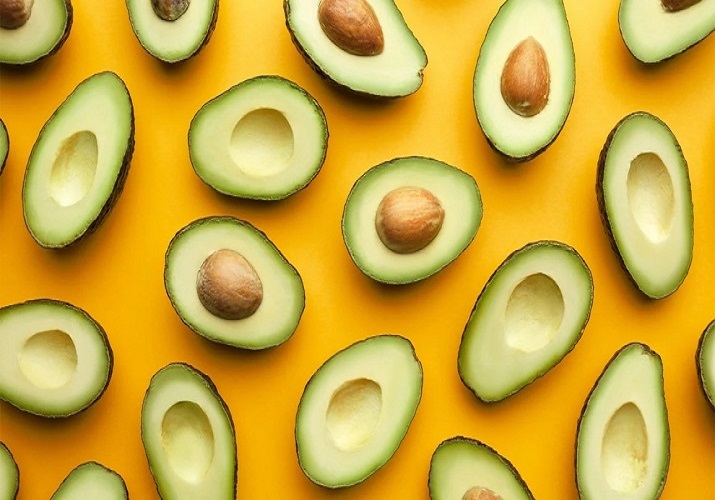
Avocados mix well with almost anything like salads, toast, main courses, and eggs and while they are frequently known for their considerable amount of good fats serving, a cup of avocado also contains 10 grams of fiber.
-
Broccoli
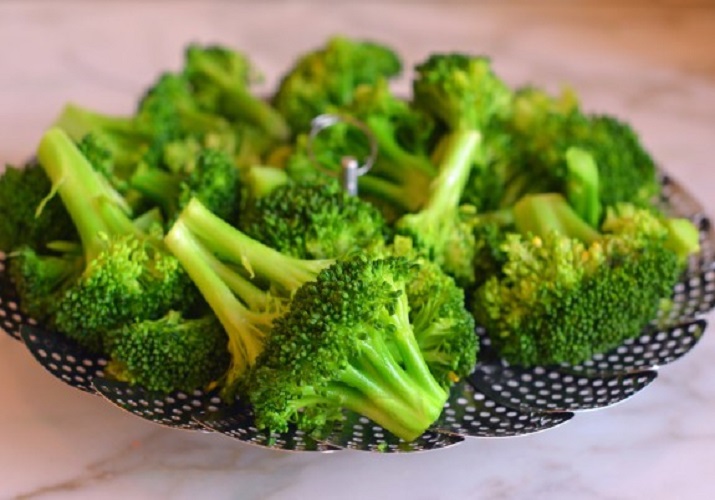
Broccoli may be labeled as the most fibrous vegetable. Belonging to the same category as cauliflower, kale, and cabbage, makes it a source of multiple nutrients besides fiber. According to studies, broccoli contains 5 grams of fiber per cup, which might assist the bacteria in your stomach to remain healthy and balanced.
-
Nuts

Almonds and sunflower seeds each offer above 3 of grams fiber per serving, which makes nuts a great fiber source besides healthy fats and protein. They can assist individuals in consuming the 38 grams of fiber advised for males and the 25 grams recommended for women by the FDA. Nuts that are not pre-packaged (which are frequently fried in oils that might add extra, needless calories) should be eaten raw or dry-roasted. Nut butters also have fiber.
-
Chia seeds
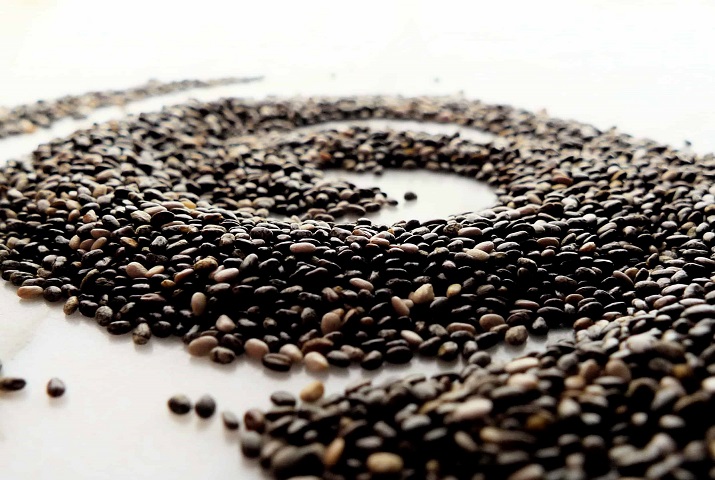
Superfoods like chia seeds are rich in soluble fiber. Chia seeds have 4 grams of fiber per tablespoon. Moreover, it has significant amounts of phosphorus, calcium, and magnesium.
-
Apples

According to a study, the proverb, an apple may not always keep the doctor, although eating more apples can increase the intake of fiber. Depending on its size, one apple has approximately 4 grams of fiber. Of course, they also make for a tasty and crispy snack.
-
Potatoes

One small potato with skin can provide about 3 grams of fiber; other good sources of fiber include red potatoes, sweet potatoes, plain old white potatoes, and also purple potatoes. Potato holds a poor rep for combining with the wrong folks like fries and chips. However, potatoes might have a lot of advantages when they are not salted or deep-fried.
-
Beans

In soups, salads, and stews, lentils, and other beans are a simple way to get fiber in the diet. Some beans like edamame (prepared soybean), are also excellent sources of fiber. Shelled edamame contains 9 grams of fiber per half-cup serving. These all offer a plant protein source. Some bakers have even started using bean flour or beans in their baked goods, which, according to a study, may still produce cakes of high quality.
-
Berries

Although berries are well known for their antioxidant content, they also contain a lot of fiber. Nearly 4 grams of fiber may be found in one single cup of fresh blueberries, and almost as much can be found in one cup of frozen, unsweetened blueberries. Moreover, excellent sources of fiber are blackberries, raspberries, and strawberries. In fact, the low-calorie content of berries is also one of their most beneficial qualities.
-
Popcorns
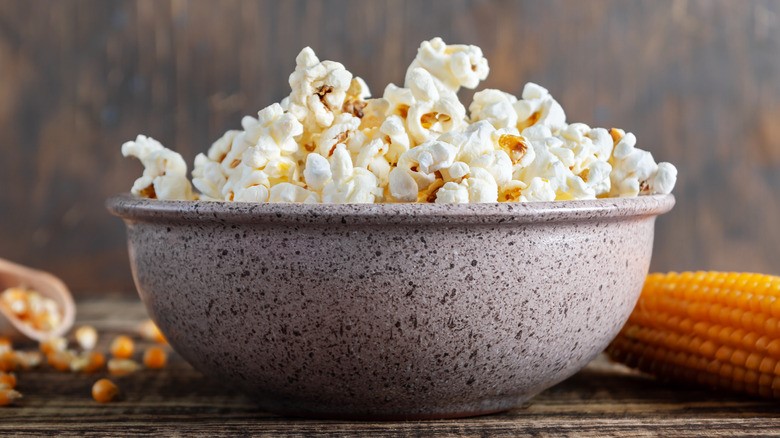
Popcorn is prominently known as the king of snack foods. Popcorns are extremely high in fiber. There are different spices and herbs that can be sprinkled to improve flavor.
-
Raspberries

While all berries are healthy, raspberries rank among the top in fiber and taste great. Raspberries are also loaded with beneficial polyphenols and antioxidants that minimize oxidative stress and disease risk. When out of season, fresh berries are pricey; therefore, frozen berries are frequently more affordable. Thawed berries can be added to warm porridge or blended into a smoothie if one doesn’t like the mushy texture.
-
Whole-Wheat Pasta
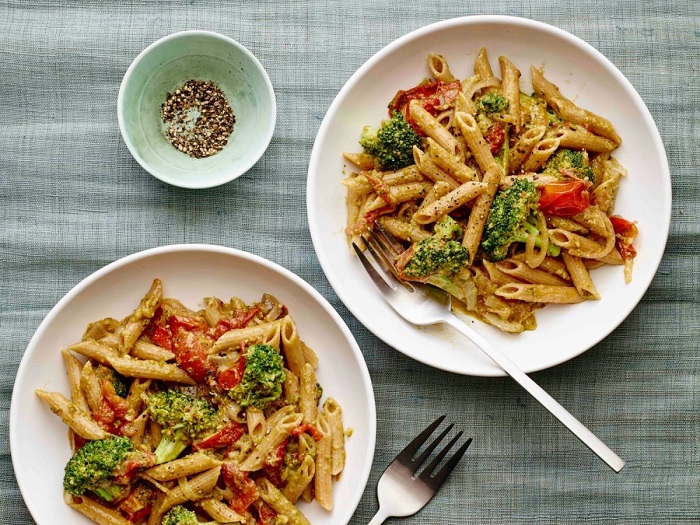
Even though whole grains are a fantastic source of fiber, carbohydrates sometimes get a poor name. They are also abundant in beneficial phytonutrients, which are thought to aid in the prevention of a number of disorders. Just make sure to use whole wheat pasta instead of white, which has been depleted of all the healthy ingredients. In case you already have a favorite pasta type, and searching for something different, give whole-wheat pasta primavera a try; it’s packed with nutritious vegetables.
One Last Important Tip: Drink enough water while introducing fiber to the diet. Fiber absorbs water, which is beneficial, but if you don’t drink enough water, it might make you constipated. Drink a minimum of 2 liters of water per day to keep things going.
The Summary:
As mentioned above, fiber of all kinds is beneficial to health. People may increase their chances of getting the quantity of fiber the body needs to function properly and reduce the risk of disease by eating a properly balanced diet that contains lots of vegetables, fruit, seeds, nuts, whole grains, and legumes.

